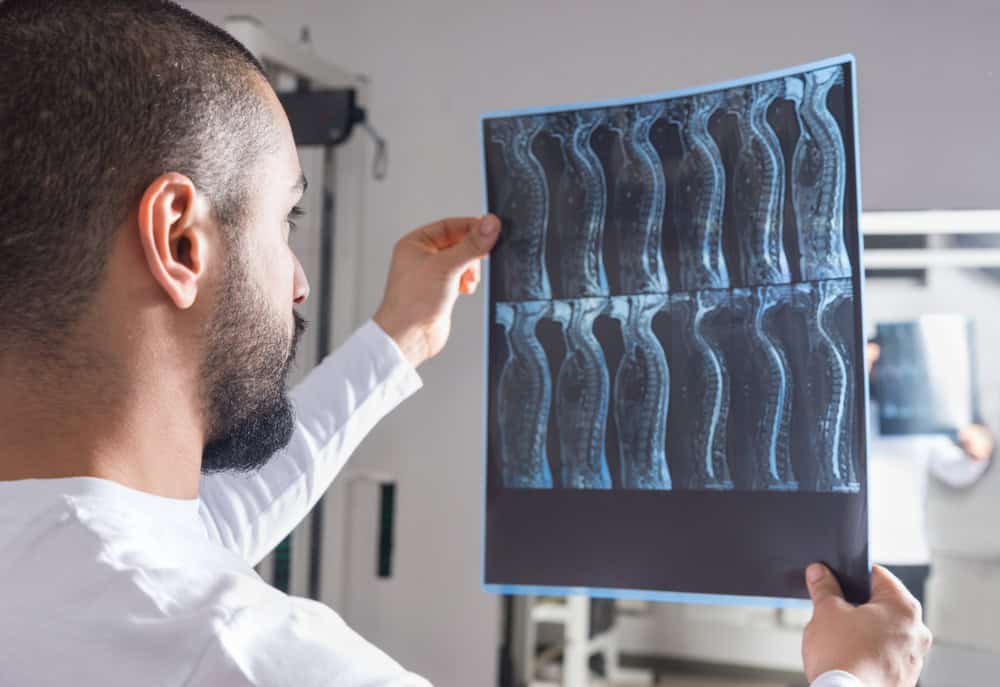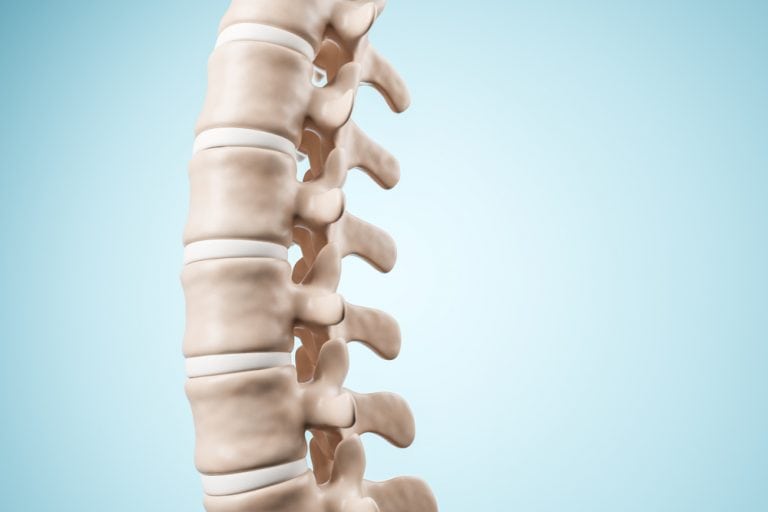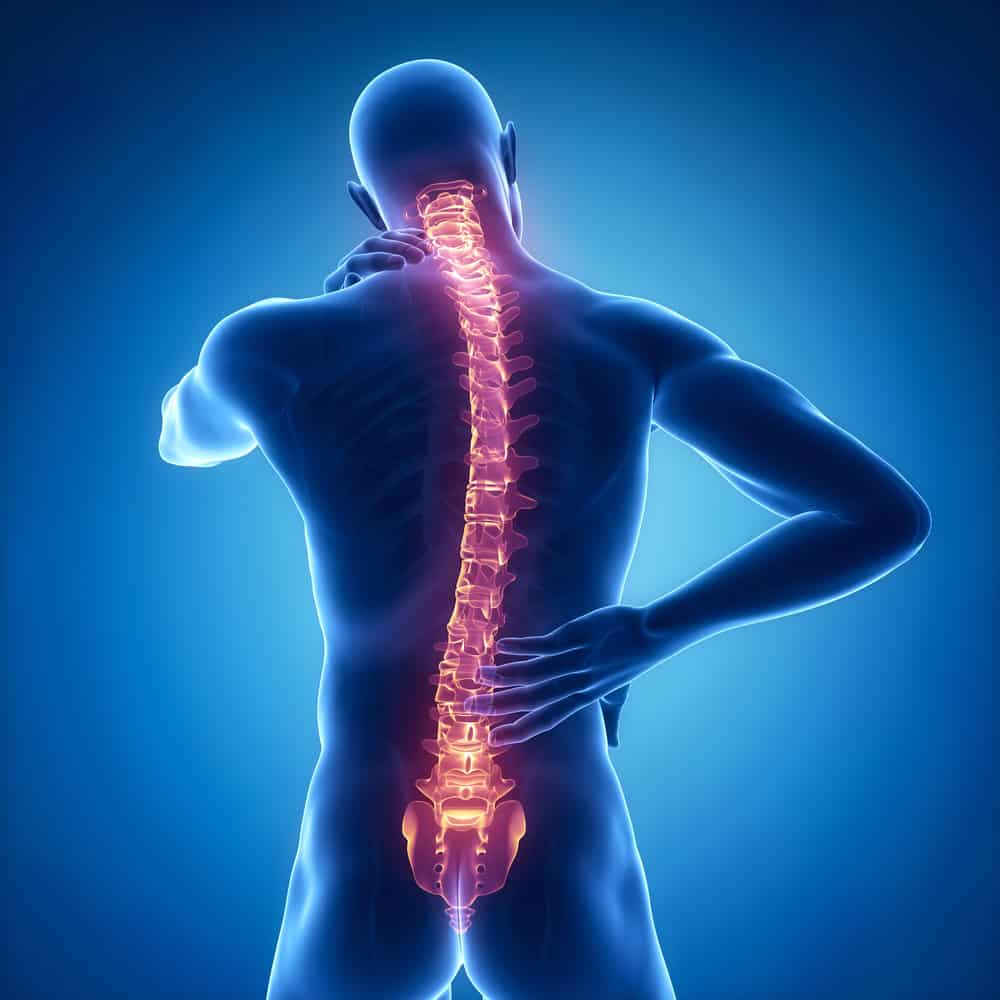Spinal Cord Stimulation in Morningside Heights, NY
In Morningside Heights, NY, NY Spine Medicine offers spinal cord stimulation as a revolutionary back pain treatment. This therapy provides significant chronic pain relief. Learn more about its benefits and risks.









